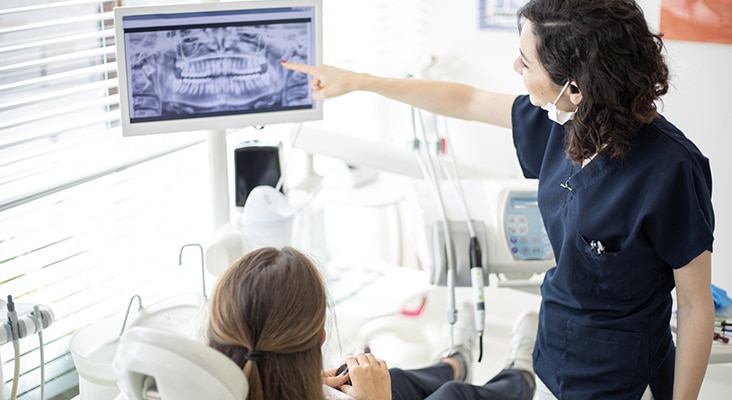
Study: Elimination of Specific Amoeba May Lead to Improved Periodontitis Treatment
An increased presence of an amoeba in the mouth was found in patients with severe and recurrent periodontitis, a new study out of Berlin reports.
An increased presence of an amoeba in the mouth was found in patients with severe and recurrent periodontitis, a new study out of Berlin reports. The unicellular parasite was shown to be a driver in both tissue inflammation and tissue destruction.
Researchers at Charité — Universitätsmedizin Berlin have identified the amoeba, Entamoeba gingivalis, is similar to that of the parasite, Entamoeba histolytica, which is responsible for invading gingival tissue and feeding on cells to cause tissue destruction.
“It is amazing that E. gingivalis has not been recognized as a pathogenic parasite before. There can be no real improvements in the treatment of periodontal diseases, until we make a better understanding of what causes them. That requires bridging the gap that separates dental medicine from biology,” says Arne Schäfer, PhD, head of the Periodontology Research Unit at Charité’s Institute of Dental and Craniofacial Sciences.
The Centers for Disease Control and Prevention reports approximately 64.7 million Americans have periodontitis.
Investigators of the study “Entamoeba gingivalis Causes Oral Inflammation and Tissue Destruction,” published in the Journal of Dental Research, were able to show that oral inflammation is associated with colonization by the oral parasite E. gingivalis.
During their analysis of E. gingivalis in 158 patients with periodontitis and healthy controls, the parasite was detected in 77% of inflamed periodontal sites and 22% of healthy sites. The team detected 15% of healthy oral cavities were colonized by the parasite. The way the parasite works is by invading the gums and feeding and killing host cells as it moves within the tissue. This enables bacteria to invade host tissue, which increases inflammation and tissue destruction.
“This study was the first to test the pathogenic potential and to give proof of E. gingivalis being able to destroy gingival cells and tissues and to elicit a very strong immune response,” says Schäfer. This amoeba feeds on neutrophils and gingival cells of the human host.
By triggering a strong inflammatory response, it probably contributes to disease progression by maintaining and increasing inflammation, and also by contributing to tissue destruction and probably also to increased bacteremia, Schäfer explained.
According to the study, “Cell culture experiments showed that infection with E. gingivalis slows the rate at which cells grow, eventually leading to cell death. The parasite was also shown to have a behavior similar to the Entamoeba histolytica, which is the parasite responsible for causing amebiasis.
Dental hygienists, dentists and periodontists may provide periodontal treatment depending on the severity of the disease as treatment can range from tooth scaling and root planing to tissue and bone grafts. If left untreated, periodontitis may result in tooth loss or increase the risk of cardiovascular disease or diabetes.
Schäfer will now lead a clinical study to determine if eliminating EG will help to create better outcomes for periodontitis treatments.

